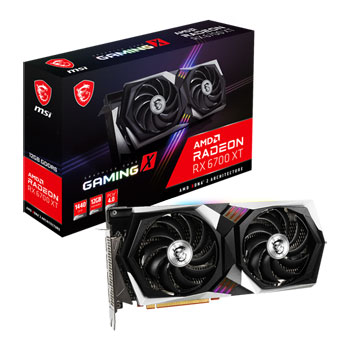
In Cape Verde there are 3 CU arrays, populated in a 4/3/3 manner. However with Cape Verde 10 CUs doesn’t cleanly divide into groups of 4, so for the first time AMD has built something a bit different. This is how both the 79 are organized, with the 7950 simply lopping off a whole CU array. GCN is designed around 4 CUs in each CU Array, with the 4 CUs sharing a read-only L1 instruction cache and a read-only L1 data cache. Interestingly, unlike Tahiti, Cape Verde’s CUs are organized slightly differently. Altogether compared to Tahiti this is around 31% of the CUs, 33% of the memory bus width, and half as many ROPs. Elsewhere Cape Verde packs 16 ROPs, 1 geometry engine/rasterizer pair, and 512KB of L2 cache, with the chip coupled to a 128bit GDDR5 memory bus. In terms of functional units we’re looking at 10 Compute Units, giving Cape Verde 640 SPs and 40 texture units. With a die size of 123mm2 it’s only a hair bigger than the 118mm2 Turks GPU that powers the 6600 series. Why do we say that? Well let’s take a look at the specs and pricing.Ĭape Verde, the GPU at the heart of the 7700 series, is AMD’s smallest 28nm GPU.
#Radeon hd 6700 shader 3 series
As a result the performance levels of AMD’s various product series are being redefined somewhat, and nowhere is this more apparent right now than with the 7700 series. AMD will need to cover a wide range of products and price levels with only 3 GPUs, ranging from $109 to $550. Anything below the 7700 series will be rebadged Northern Islands parts, primarily Turks and Caicos.īut AMD’s product stack doesn’t tell the whole story. As a result AMD has reigned in on their spread out stacks, leading to their 28nm Southern Islands product stack being just 3 products: Cape Verde (7700), Pitcairn (7800), and Tahiti (7900). Since then integrated GPUs have effectively wiped out the low end of the market, and by the time Trinity launches later this year any product short of 6600 performance should be made redundant. With the 6000 series AMD effectively had a 5 chip stack: Caicos (6400), Turks (6600), the rebadged Juniper (6700), Barts (6800), and Cayman (6900). But will this be enough to enable the 7700 series to replicate the success of the 5700 series? Let’s find out.

#Radeon hd 6700 shader 3 full
Given the success of the 5700 expectations are going to be high, and to fulfill those expectations AMD will be bringing to bear their new GCN architecture along with a full node jump with TSMC’s 28nm process.

#Radeon hd 6700 shader 3 update
As the Juniper based 5700 series never got a proper Northern Islands successor, this is the first real update for the x700 series since the launch of the 5700 series in October of 2009. Today AMD will be launching two cards based on the Cape Verde GPU: the Radeon HD 7750, and the Radeon HD 7770 GHz Edition.

Rather than following up the Tahiti based 7900 series with the Pitcairn based 7800 series, AMD is instead going straight to the bottom and launching the Cape Verde based 7700 series first. Typically we’d see AMD launch their GPUs in descending order of performance, but this time AMD is taking a slight detour. With the launch of Tahiti behind them, AMD is now firing on all cylinders to get the rest of their Southern Islands lineup out the door.


 0 kommentar(er)
0 kommentar(er)
